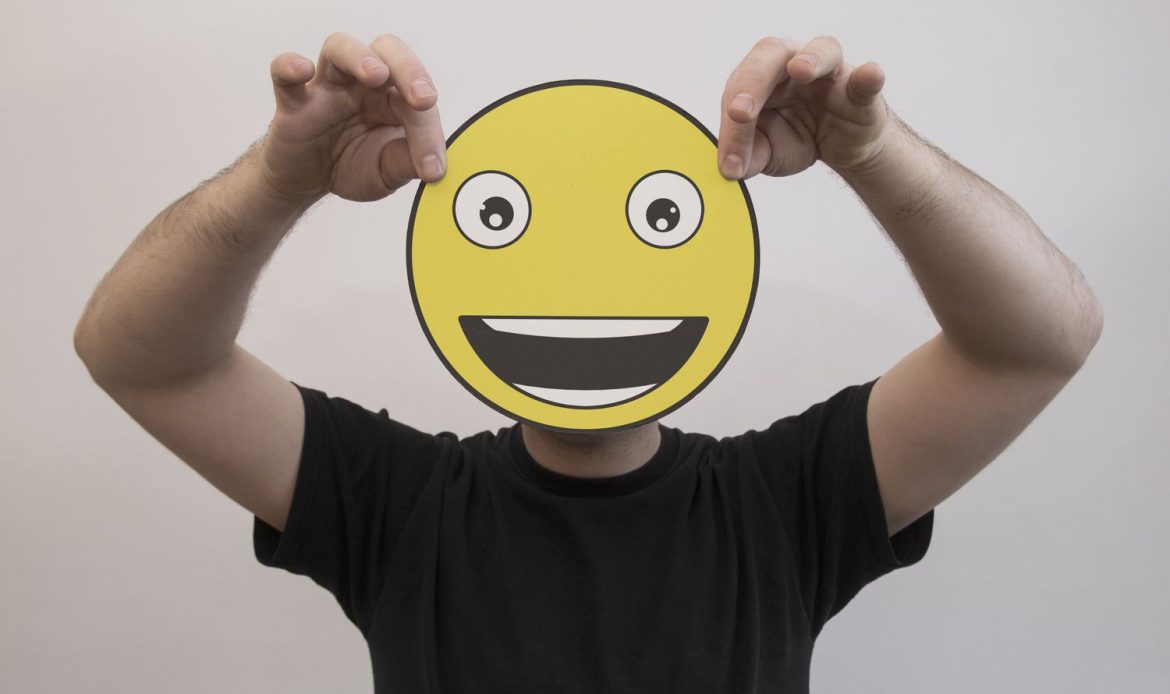This article was published in The Citizen Newspaper on April 15, 2025
Shimbo Pastory
Emojis are today an important component of global languages. To an extent they have a cross-cultural privilege of communicating emotions and feelings (and other things) without requiring a lot of mental effort for their interpretation.
The origin of the word ‘emoji’ is traced back to Japanese roots, where words ‘e’ for picture, and ‘moji’ for written character, come together.
Aside from the generics, words need to be carefully chosen to express what people actually feel. Saying I feel happy, great, peaceful, fine, etc. are all communicative of a spectrum of that particular feeling which can be narrowed further down to articulate the exact feeling.
Most emotion related emojis and emoticons (emotional icons) communicate these emotions only in a general sense and cannot really touch the unexplored territories of dynamic human emotions and feelings.
With the widespread use of computer mediated communication devices and these emojis, it is worth exploring how much, or rather in what ways, our emotional communication is influenced by emojis.
According to research, as early as 2.5 years of age, toddlers can distinguish at least 6 major emotions emojis (Siying Liu and Na Li, in: Infant Behaviour and Development Journal, 2021). This underscores the magnitude of impact to Gen Zs particularly as emojis are an important reality in their generation’s emotional communication.
In their recent study, published in Journal of Behavioural Science, Linda Nogare, et al. (2023), acknowledge a knowledge gap due to scarcity of neuroscientific research regarding how the human brain recognizes emojis and emoticons.
In comparing recognisability of human facial expressions and emojis, female participants outperformed male participants in recognizing fearful emojis.
Children also showed more accuracy in recognizing happy and sad emoticons, while they had poor grasp of fear and disgust emoticons. Male participants were found to be far better at recognizing emojis than human facial expressions.
Ordinarily the use of verbalized language (words or expressions, including sign language) in expressing express how we feel delivers the experiences of human emotions much closer to reality, but they require some time to think and articulate, different from one-click away emojis.
Think of emojis that communicate happiness or sadness, and which emojis you often use to express these feelings.
One sadness emoji cannot be representative of the different levels of experiencing sadness. One emoji cannot sufficiently capture being downcast, anguished, sorrowful, bereft, mournful, melancholic, gloomy, dismal, dejected, disheartened, despondent, heartbroken, desolate, wretched, forlorn, grief-stricken, etc.
All these are manifestations of sadness, but they are more meaningfully captured by the right words or descriptions.
The same applies to other emotion related emojis. Studies suggest that comparably negative emotions emojis often appear incongruent to the text and hinder processing of the content of the message. (Isabelle Boutet, et al., in: Computers in Human Behaviour Journal, Vol. 119, 2021)
While emojis can be combined or repeated to stress the nature or magnitude of one’s emotions, they are still not convincing of the accuracy of the expression as intended by the users and as it actually is in their emotional experience.
The Unicode Consortium has helped to standardize and internationalize emojis, but still they do not appear the same (based on devices, themes, and platforms), hence may communicate emotions differently, especially if a person switches into different devices from time to time.
Also, users are limited to using only the available emojis, a collection which is not accurately representative of all human emotions.
On the user’s end however, the expression of emotions over the computer-mediated communication is different from face to face communication.
There is a cognitive conflict of haphazard mirroring of emotions to quickly match the displayed emojis, however insufficient, which affects not only the communication depth but also the intrapersonal understand of one’s emotional state and its dynamics.
The use of emotion emojis is often triggered by the desire to use emojis, to economize words in text, and not the desire to really express how one feels; and is most common, according to research, in social-emotional contexts than in task-oriented contexts. (Daantje Derks, et al., in Computers in Human Behaviour Journal 23: 2007, 846).
Capturing emotions in the brevity of emojis makes frequent young users who are yet to fully mature in articulating their emotions in words get used to the shallowness of the emojis, and lack experience with slow pace of processing emotions and expressing confidently how one truly feels in words.
Young people today feel more comfortable communicating by text messaging than by voice. In text, they use emotion emojis a lot. Studies suggest that the 18-29 age group leads in the use of emojis (Statista: 2023 survey).
The risk here is that the anonymity and security of computer mediated communication can over time affect their objective self-awareness and emotional communication, leading to de-individualization and other variants of antinormative behaviour (Felix Moral- Toranzo, et al., 2007).
Cognizant of the bigger reality behind our emotional reality, far beyond emojis, it is crucial, especially for our young people, to practice more and more how to express their emotions and feelings in words.
This will help to ensure that their emotional experiences are not confined to simplistic digital symbols by are appreciated and articulated with depth and clarity.
Shimbo Pastory, C.S.Sp. is a Tanzanian journalist and social development advocate. He studies at the Loyola School of Theology, Ateneo de Manila University, Manila, Philippines. Website: www.shimbopastory.com.
